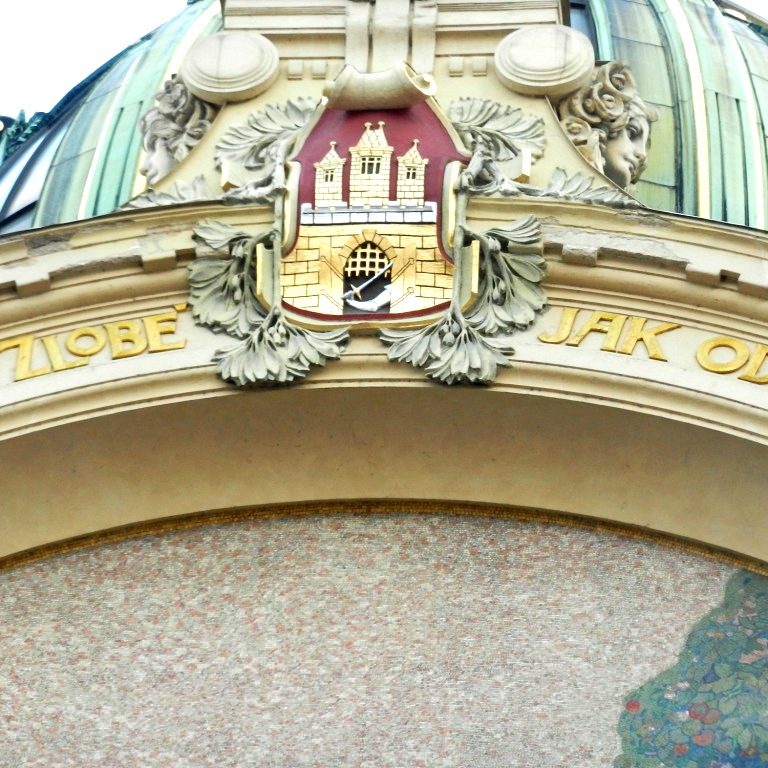Municipal House, Prague - Old Town, Czech Republic

| Address: | Obecní dům, Náměstí Republiky 1090/5, 110 00 Praha |
|---|---|
| Description of work: | Renovation of part of the façade
Renovation of the ledge Restoration of the mosaic by Karel Špillar Restoration survey |
| Contractor: | GEMA ART GROUP a.s. |
| Implementation: | 2012 |
Prague Municipal House, product of a collaboration between renowned architects and artists of the turn of the 19th and 20th century, is one of the most beautiful examples of the Art Nouveau (Secession) style in the Czech Republic. Today’s Municipal House and King’s Court Hotel stand on what was the site of The Royal Palace, which had been the temporary seat of sovereign power from 1380. The location was chosen by King Wenceslas IV (1378 – 1419), who did not consider Prague Castle suitable for his needs. The Palace was also favoured by some of his successors, namely his younger brother Sigismund of Luxembourg and King George of Poděbrady. Only during the reign of the Polish Jagiellon dynasty (1471 – 1526) has Prague Castle again become the centre of royal authority.
The Royal Palace gradually fell into disrepair and was further destroyed during the extensive fire of 1689, which devastated large parts of the Old Town. In 1777 the remains of the structure were entirely rebuilt and the so-called King’s Court Barracks were established there. From 1869 a school for military cadets was also located there but was moved to Prague Castle in 1895.
At the beginning of the 20th century a decision was taken to create a strategically located financial and cultural centre for the city of Prague in the area of today’s Republic Square as a counterbalance to the Vinohrady Quarter, which had been a hub for Prague’s social life during all of the 19th century.
The Municipal House, today a National Cultural Monument, was built during 1912 and officially opened on 22nd November of that year. The architectural design was the work of Antonín Balšánek, well known author of the Josef Kajetán Tyl Theatre in Pilsen town centre, and Osvald Polívka, creator of the plans for the building of the Palace of Czech Commerce Chamber in the town of Ústí nad Labem. The exterior of the Municipal House was designed in the style of Neo-Baroque, whilst in the interior stylistic elements of Art Nouveau and Neo-Renaissance prevailed.
A multitude of foremost contemporary artists took part in creating both the exterior and the interior ornamentation of the building: Jan Preisler, Mikoláš Aleš, Max Švabinský, František Ženíšek, Ladislav Šaloun, Josef Mařatka, Josef Václav Myslbek, Alfons Mucha and many others.
The building was subject to overall reconstruction between the years 1994 and 1997. At present the Municipal House serves its intended purpose as a multipurpose cultural and social venue. Works of classical music, especially by Mozart, Beethoven, Dvořák and Smetana, are performed during the concerts in the Smetana Concert Hall and a variety of exhibitions, social and educational events are organized within the premises of the House, which also has a café, bar and a restaurant.
The company GEMA ART GROUP a.s. won the tender for partial restoration work, planned for 2012. The restoration remit includes renovation of the ledge and lunette-shaped mosaic on the exterior of the building. The mosaic is the winning entry submitted by the artist Karel Špillar in 1909. The actual work was preceded by a detailed restoration survey, which formed the basis for the selection of the most appropriate restoration methods.
















